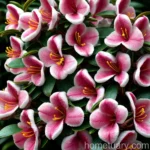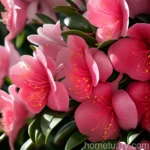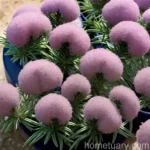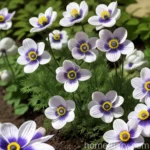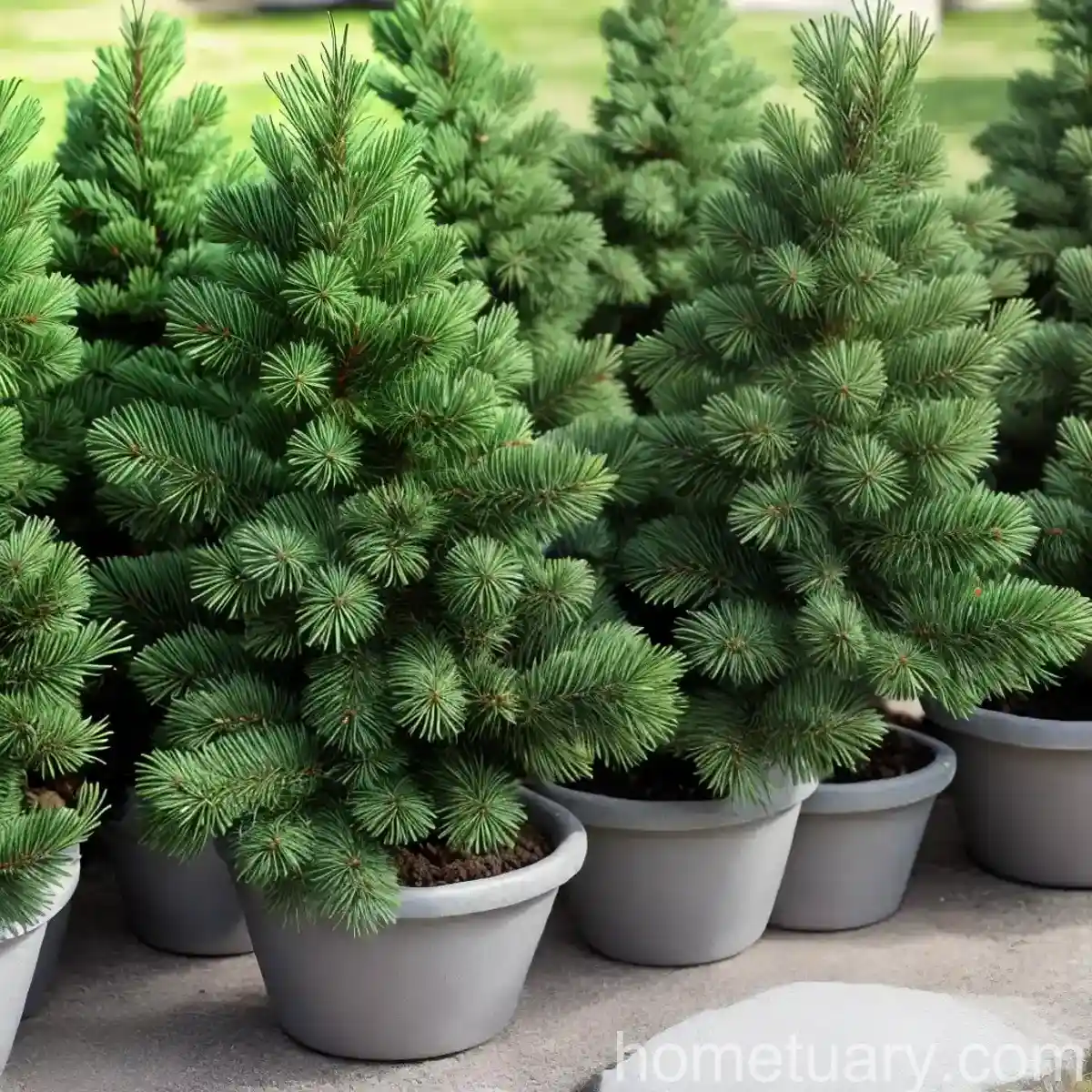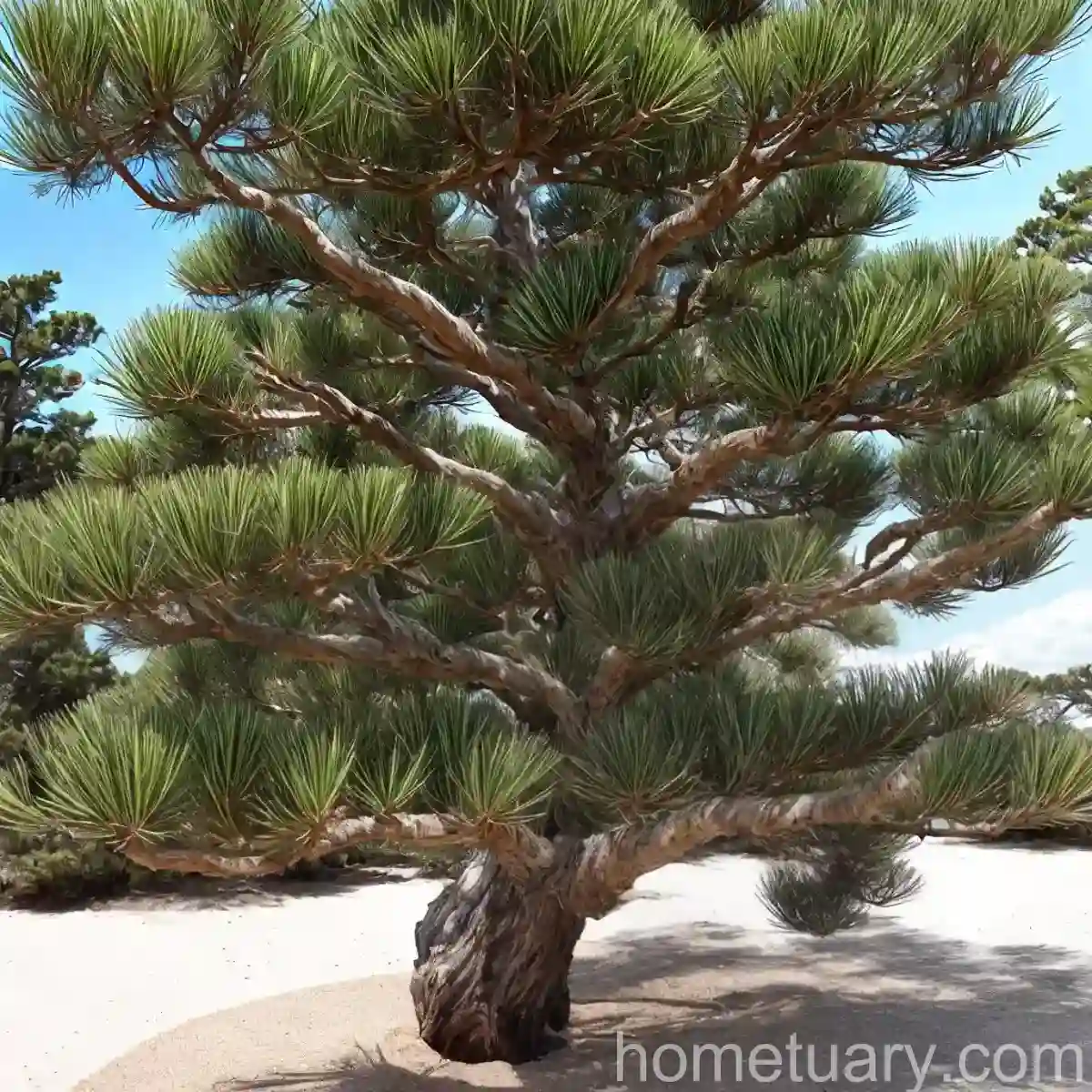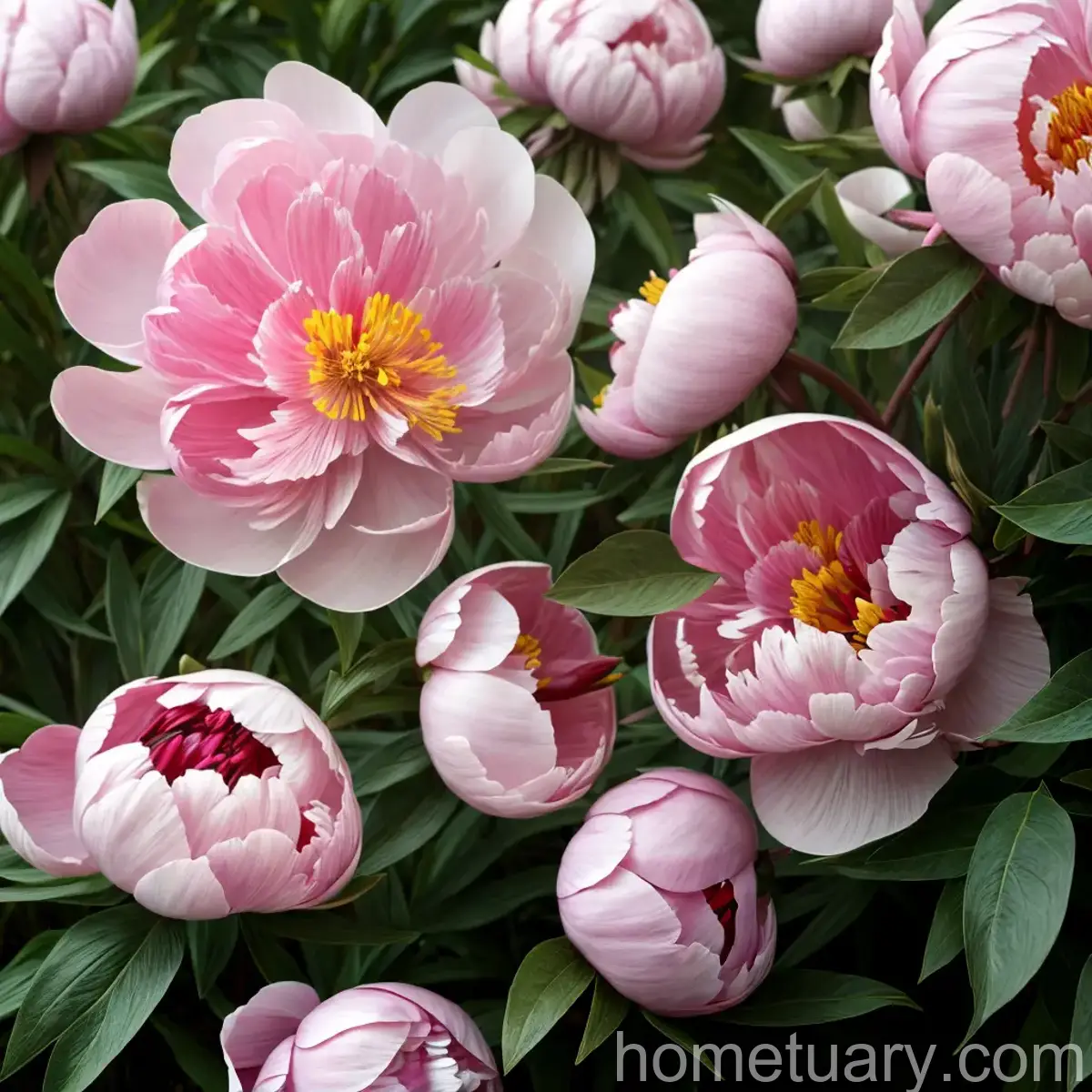Rododendron (Rhododendron): The Complete Guide for Plant Enthusiasts
Introduction to Rododendron
Rododendron, better known as Rhododendron, is a genus of woody plants in the heath family (Ericaceae). These flowering plants are native to various regions such as the Himalayas, Southeast Asia, North America, and Europe. With over a thousand species and countless hybrids, the Rhododendron genus offers an astonishing variety of flowers, from small, delicate blossoms to large, flamboyant clusters in vibrant colors.
In this comprehensive guide, we will delve into the world of Rododendrons, exploring their botanical characteristics, cultural needs, usage in landscaping, care tips, as well as common diseases and pests. Whether you are a novice gardener or an experienced horticulturist, this guide will provide you with valuable insights into the world of Rododendrons.
Key Takeaways – Rododendron (Rhododendron)
Rododendrons, with their magnificent blooms and diverse species, are popular among gardening enthusiasts and landscapers. Here are some key takeaways about Rododendrons:
- Diverse Species: The genus Rhododendron encompasses a wide range of plant species, offering an extensive assortment of flower shapes, sizes, and colors.
- Landscape Versatility: From compact shrubs to towering trees, Rododendrons can be utilized to create stunning and diverse landscapes.
- Blooming Season: Depending on the variety, Rododendrons bloom from early spring to late summer, adding vibrant splashes of color to gardens.
- Cultural Significance: Rododendrons hold cultural significance in various regions and have been associated with legends, stories, and traditional medicinal uses.
Culture
Uses
Rododendrons are widely utilized for ornamental purposes, adding aesthetic appeal to gardens, parks, and landscapes. Their vibrant blooms and evergreen foliage make them an attractive choice for enhancing the visual appeal of outdoor spaces.
Water
Proper watering is crucial for the health and vigor of Rododendrons. Ensuring adequate soil moisture is essential, especially during the plant’s active growth period and flowering season. Moreover, providing consistent moisture helps in preventing stress and promoting healthy foliage and flower production.
Water Requirements
Here are the key points to consider when watering Rododendrons:
– Consistent Moisture: Rododendrons prefer moist but well-drained soil. Avoid waterlogged conditions, as they can lead to root rot.
– Mulching: Applying a layer of organic mulch around the base of the plant helps retain soil moisture and regulates the temperature of the root zone.
Sunlight
Understanding the sunlight needs of Rododendrons is essential for their successful cultivation. While these plants thrive in dappled shade and filtered sunlight, the specific sunlight requirements can vary based on the species and local climate conditions.
Sunlight Needs
Here’s a brief overview of Rododendron’s sunlight preferences:
– Filtered Sunlight: Rododendrons generally prefer dappled or partial shade, especially during the hottest part of the day.
– Morning Sun: Morning sunlight exposure is beneficial, as it supports healthy growth and flowering while reducing the risk of scorching or heat stress.
Fertilizer
Proper fertilization contributes to the overall health and vigor of Rododendrons, aiding in robust growth, abundant flowering, and vibrant foliage. Understanding the nutrient requirements and the appropriate fertilization schedule is crucial for achieving optimal results.
Fertilizer Application
Consider the following when fertilizing Rododendrons:
– Acidic Fertilizer: Use a slow-release, acidic fertilizer specifically formulated for acid-loving plants to meet the nutritional needs of Rododendrons.
– Timing: Apply fertilizer in early spring before new growth emerges, and avoid over-fertilization, which can lead to salt buildup and root damage.
Soil
Rododendrons have specific soil requirements, and providing an optimal growing medium is essential for their long-term health and vitality. The soil characteristics directly influence the plant’s nutrient uptake, water retention, and overall development.
Soil Composition
Ensure the following soil conditions for Rododendrons:
– Acidic pH: Rododendrons thrive in acidic soil with a pH range of 4.5 to 6.0. Amending the soil with organic matter can help maintain the desired acidity level.
– Well-Drained: Good drainage is critical to prevent waterlogging and root rot. Incorporate coarse organic materials to improve soil structure and drainage.
Pruning
Pruning plays a vital role in shaping, rejuvenating, and maintaining the health of Rododendrons. Proper pruning techniques help manage the plant’s size, promote flowering, and remove diseased or damaged growth.
Pruning Tips
Consider the following when pruning Rododendrons:
– Timing: Prune immediately after flowering to avoid cutting off the next year’s flower buds.
– Selective Pruning: Remove spent flowers and thin out overcrowded branches to enhance air circulation and light penetration.
Propagation
The propagation of Rododendrons allows for the expansion of plant collection and the preservation of unique varieties. Understanding different propagation methods and the ideal timing for propagation ensures successful reproduction of these captivating plants.
Propagation Methods
Explore the following techniques for propagating Rododendrons:
– Cuttings: Using semi-hardwood cuttings from healthy plants is a common and effective way to propagate Rododendrons.
– Layering: Air layering or ground layering can be employed to encourage the development of roots on a branch while it is still attached to the parent plant.
Container Popularity
Rododendrons are popular choices for container gardening, as they offer versatility, visual appeal, and the ability to thrive in confined spaces. Growing Rododendrons in containers allows for easy mobility, creating stunning focal points on patios, decks, and balconies.
Container Considerations
Key factors to ponder when growing Rododendrons in containers:
– Pot Size: Use a spacious container to accommodate the plant’s root system and allow for proper growth.
– Drainage: Ensure sufficient drainage holes at the bottom of the container to prevent waterlogging and root suffocation.
Common Diseases
Rododendrons are susceptible to certain diseases, and being able to identify and manage these maladies is crucial for maintaining plant health and preventing widespread outbreaks.
Disease Diagnosis
Common diseases that affect Rododendrons include:
– Powdery Mildew: A fungal disease that appears as a white, powdery substance on the leaves, leading to reduced vigor and aesthetic decline.
– Phytophthora Root Rot: This destructive pathogen causes root decay and wilting, often leading to the decline of the entire plant.
Common Pests
Pest infestations can compromise the health and beauty of Rododendrons, necessitating prompt intervention to mitigate the damage caused by these unwanted visitors.
Pest Management
Look out for the following common pests that affect Rododendrons:
– Weevils: These insects feed on the foliage, leaving behind irregular notches and holes, weakening the plant over time.
– Spider Mites: Tiny spider-like pests that suck sap from the leaves, causing stippling and discoloration.
Botanist’s Tips
To ensure the successful cultivation and maintenance of Rododendrons, consider the following expert tips from botanists and horticultural specialists:
- Site Selection: Choose a location with dappled shade, adequate airflow, and well-drained soil to provide optimal growing conditions for Rododendrons.
- Mulching: Apply organic mulch around the base of the plant to conserve moisture, suppress weeds, and moderate soil temperature.
Fun Facts
- The name “Rhododendron” is derived from the Greek words “rhodon” (rose) and “dendron” (tree), reflecting the stunning floral displays of these plants.
- In some regions, certain species of Rhododendrons have been used in traditional medicine for their purported healing properties.
Links to External Resources
For more information on Rododendron care, planting guides, varieties, and more, you can explore the following resources:
Conclusion
Rododendrons, with their captivating blooms, diverse species, and cultural significance, continue to enthrall plant enthusiasts and horticulturists around the world. By understanding their cultural requirements, planting guides, and care tips, individuals can cultivate and enjoy the beauty of Rododendrons while preserving their rich horticultural legacy.
The complete guide provided here serves as a valuable resource for anyone seeking comprehensive insights into the world of Rododendrons, from their botanical attributes to practical cultivation tips and disease management strategies. With the knowledge and understanding gained from this guide, individuals can embark on a rewarding journey of nurturing and appreciating the enchanting allure of Rododendrons in their gardens and landscapes.
Incorporate the actionable insights and best practices outlined in this guide to enhance your appreciation and management of Rododendrons, creating vibrant and thriving outdoor spaces adorned with the mesmerizing beauty of these stunning plants.




